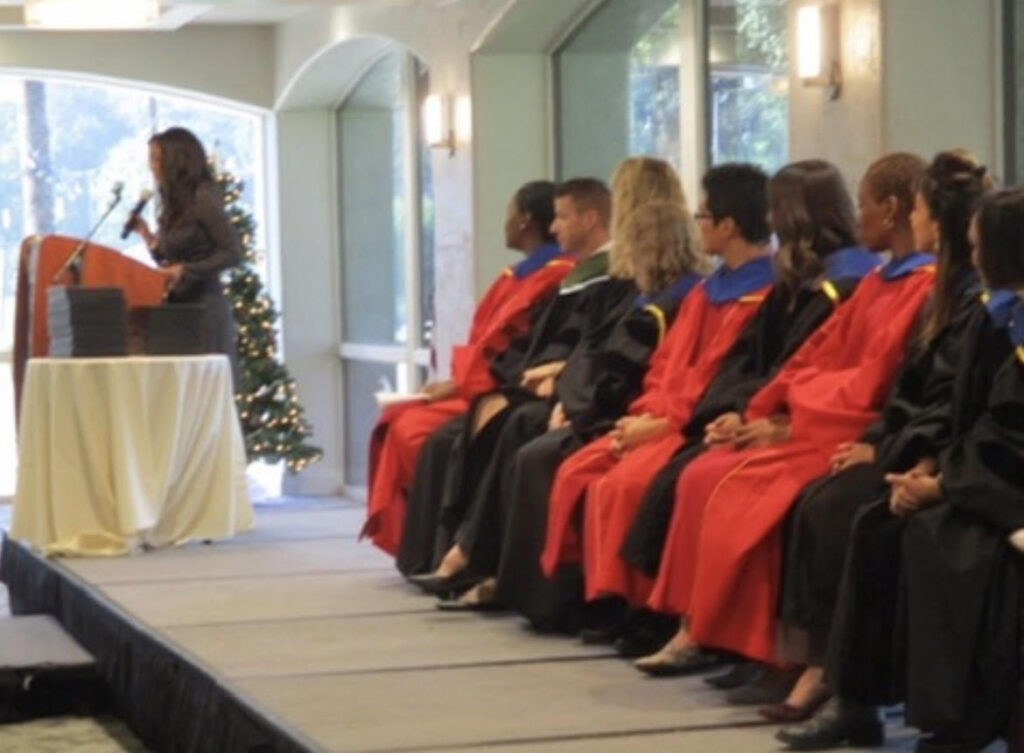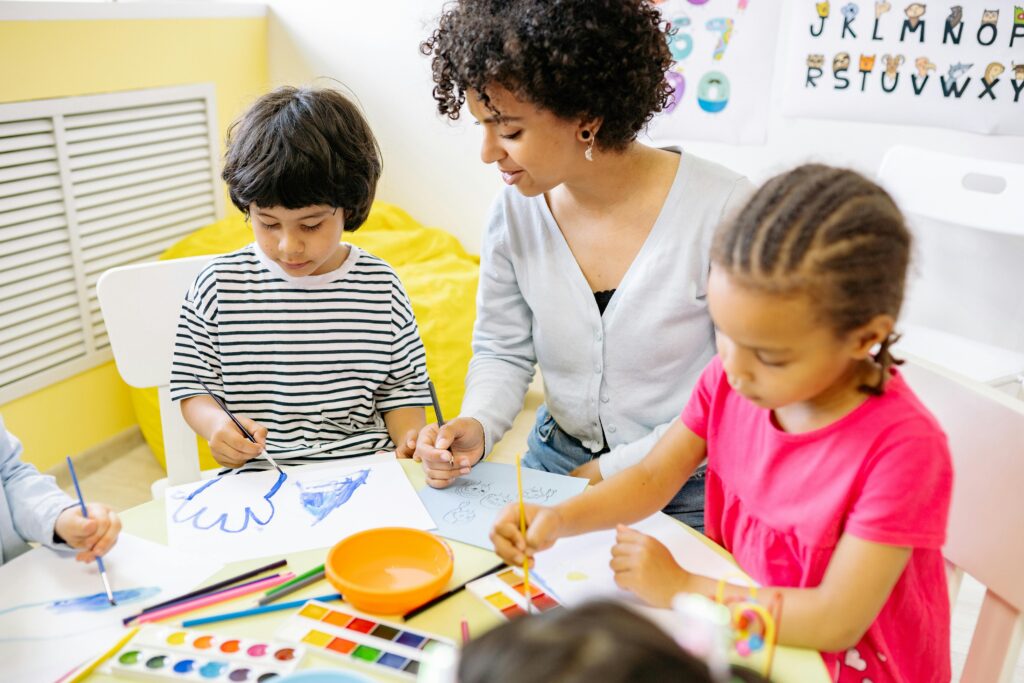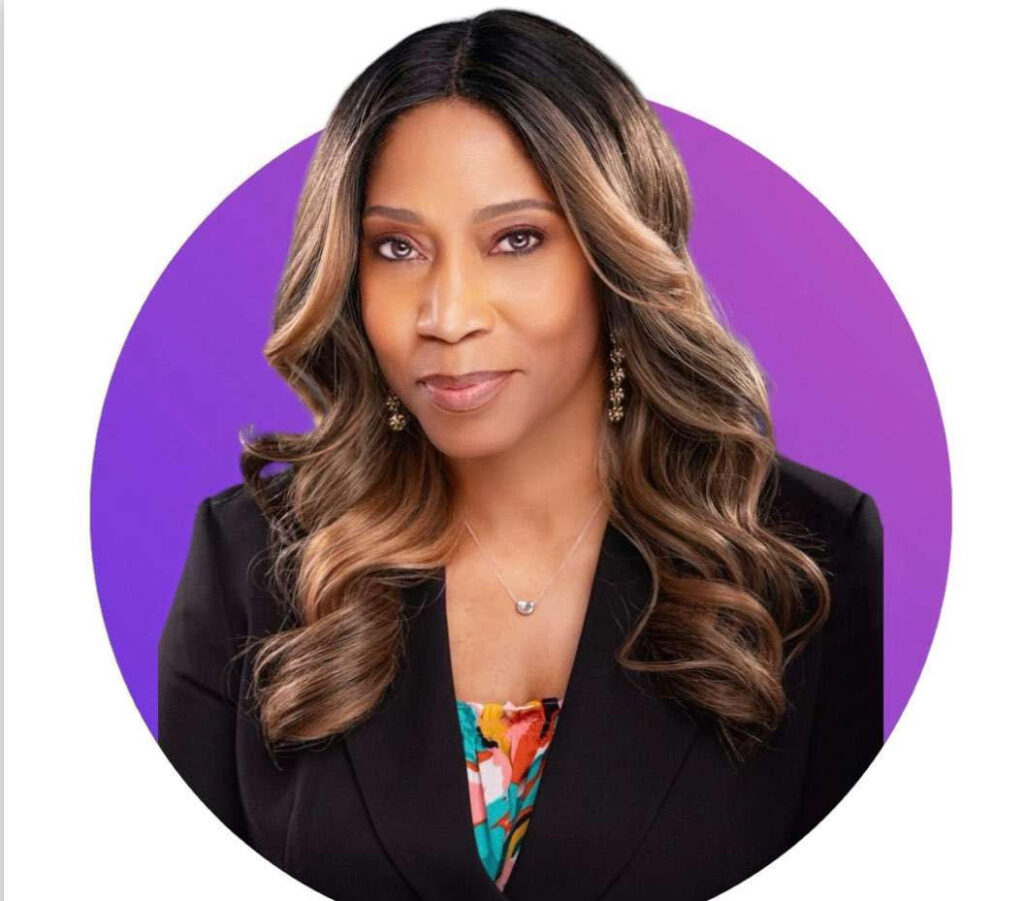Breaking Barriers: The Power of Disability Education in Creating Inclusive Classrooms
by Blog Writers
 By Andrea Jennings
By Andrea Jennings
The Importance of Disability Education
Disability education in classrooms is crucial for shaping a more inclusive and understanding society. I am ambulatory and use different mobility aids. However, after sustaining my disability in a motor vehicle accident, as a wheelchair user, and as a parent, I could not even attend my daughter’s open house because of inaccessibility. I have firsthand experience with the barriers and misconceptions surrounding disabilities. Educating students about disabilities can break down these barriers, fostering empathy and acceptance from a young age. Integrating disability education helps create environments where all students feel valued and understood.
In my journey of writing a children’s book and a short script about disability, I’ve discovered that many children hesitate to ask questions about disabilities due to outdated guidance from their parents. This hesitation often stems from a fear of offending or saying the wrong thing. However, open dialogue and education can dispel myths and build a foundation of respect and curiosity. By addressing these fears head-on, educators can create a safe space for students to learn and grow.
Inclusive education is not just about physical accessibility; it’s about changing mindsets and attitudes. By incorporating lessons about disabilities into the curriculum, we can disrupt tropes and stereotypes and advocate for a culture of authentic disability inclusion. This approach benefits all students, as it teaches them to appreciate diversity and develop a deeper understanding of the experiences of others.

Andrea speaking at an event
Strategies for Integrating Disability Education
Educators need practical strategies and resources to integrate disability education in classrooms successfully. Universal Design for Learning is a great example that emphasizes the need for different modalities for students to process information and demonstrate what they have retained. This approach accommodates various learning styles and abilities, setting students up for success.
One practical strategy is incorporating stories and materials featuring characters with disabilities. Books, films, and guest speakers with lived experiences sharing personal experiences can be powerful tools for sparking discussions and encouraging students to ask questions and share their thoughts. Patricia Herrera, M.S., Regional Manager for the State Council on Developmental Disabilities, emphasizes, “Inclusion that is well done correctly in education is the best route. When teachers are appropriately trained and supported for the curriculum, it makes a difference for everyone.”
Setting teachers up for success by providing training and support is essential. Professional development workshops, access to educational resources, and collaboration with disability advocacy organizations equip teachers with the knowledge and tools to deliver disability education meaningfully and impactfully. Casey Jaguash, Professor of Teacher Education at Pasadena City College, asserts, “Every child has the innate ability to succeed in school. We must recognize and work to dismantle the barriers in the school environment that keep students from thriving; that is how we create safe and equitable spaces for all children to learn, grow, and flourish.”
Disrupting Common Misconceptions: Shifting Paradigms
One of the biggest hurdles in disability education is overcoming common misconceptions and stereotypes. Many people hold outdated beliefs about disabilities, which can lead to prejudice and discrimination. By addressing these misconceptions directly, educators can help students develop a more accurate and respectful understanding of disabilities.
It’s important to dispel the notion that people with disabilities are defined solely by their limitations. Instead, we should emphasize their strengths and talents, recognizing that society and lack of education often present barriers, not disability. Highlighting the achievements of individuals with disabilities in various fields can motivate students and challenge their preconceived notions. Additionally, educators should encourage open discussions about disability and psychologically safe spaces for students. By creating a supportive environment where curiosity is welcomed, we can help students develop a deeper understanding and appreciation of diversity.
Speaking about attitudinal barriers, Kathryn Taylor Smith, an actor, producer, and activist, shared her perspective as a parent of a child with a disability: “Parents think that this is contagious. How about we use this as an opportunity to teach some compassion? Your child can learn as much from my child as my child can learn from yours. It’s the mindset about how teachers treat the children. There should be a way for teachers to be trained for people with language or physical delays.” Kathryn also highlights the need for systemic support, stating, “I give teachers grace and feel that the system should work on integrating with inclusion,” but also notes the red tape parents face in securing necessary services for their children.

Practical Steps for Creating an Inclusive Classroom
Creating a human-centered, inclusive classroom that prioritizes access for all involves thoughtful planning and implementing practical strategies. Classroom layout is a critical first step. Ensure that classrooms, labs, and workspaces are accessible to students using mobility aids. Seating arrangements should provide clear sightlines for all students and accommodate assistive technologies without segregating accessible seating.
Learning design should incorporate multiple instructional methods to cater to various learning styles. Deliver course requirements and assignments clearly and in multiple formats—oral, printed, and electronic. Use a mix of lectures, small group discussions, visual aids, and hands-on activities. Provide a grading rubric in advance and minimize time constraints unless essential to the learning outcome. Announce assignments and due dates well in advance and offer ways for students to demonstrate their knowledge.
Effective communication is vital. Use a microphone to ensure everyone can hear, repeat student questions into the microphone, and practice speaking slowly and clearly. Face students when speaking and provide accessible materials, such as large-font slides, and sufficient time for note-taking. Invite students to discuss accommodations and learning needs, fostering an environment of openness and support. These tools and support were very useful while completing my master’s degree.
Course materials should be accessible to all learners. Provide handouts and textbooks in accessible formats and ensure course websites are fully accessible. Offer transcripts for audio files and accurate captions for videos. Utilize tools like Canvas’s Ally to identify and address accessibility issues in online content.
Speaking with Valerie Stuski, Associate Professor, Design Strategist, and Accessibility and Disability Commissioner, she shared this with me: “All too often, schools are unaware or hesitant to answer simple accessibility questions – is your school accessible? Does your elevator work? Or people can’t find keys to (accessible) back doors or lifts. It’s critical for all faculty and staff to train in accessibility and disability fundamentals. After touring 15 schools, only 2 of those have ever felt welcoming, and it wasn’t because they had all the answers or a brand new facility; it was because they understood inclusion and met us where we were, not where they thought we should be.”
By implementing these strategies, educators can create a classroom environment that supports all students, promotes inclusivity, and fosters a deeper understanding and human-centered approach for all. This approach not only benefits students with disabilities but enriches everyone’s learning experience, paving the way for a more inclusive and equitable society.
 Andrea Jennings, M.Mus., Series TV Host for Access for All: Integrating Accessibility is a Disability & Accessibility in Media Strategist, Director, and Actress. Passionate about music, law, and entertainment. Her journey led to creating Shifting Creative Paradigms – Leveling The Playing Field® Multi-Media Social Enterprise Production Co., advocating for social justice through Disability culture, film, music, and art. Her work has graced prestigious platforms like Park Avenue Armory, The Metropolitan Museum of Art, and Rutgers University. Her work is also recognized in Forbes, Billboard Magazine, The Atlantic Magazine, The Hollywood Reporter, and The New York Times.
Andrea Jennings, M.Mus., Series TV Host for Access for All: Integrating Accessibility is a Disability & Accessibility in Media Strategist, Director, and Actress. Passionate about music, law, and entertainment. Her journey led to creating Shifting Creative Paradigms – Leveling The Playing Field® Multi-Media Social Enterprise Production Co., advocating for social justice through Disability culture, film, music, and art. Her work has graced prestigious platforms like Park Avenue Armory, The Metropolitan Museum of Art, and Rutgers University. Her work is also recognized in Forbes, Billboard Magazine, The Atlantic Magazine, The Hollywood Reporter, and The New York Times.






